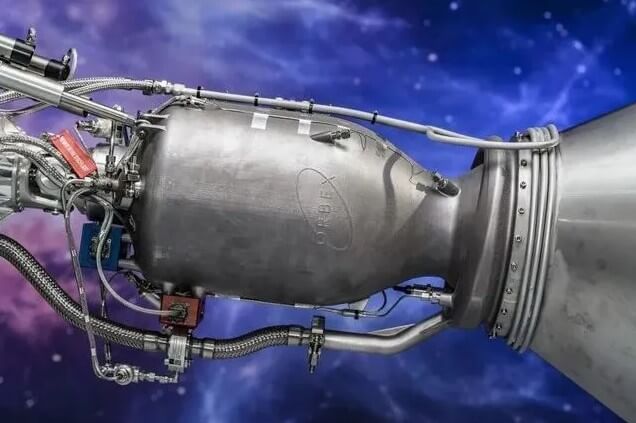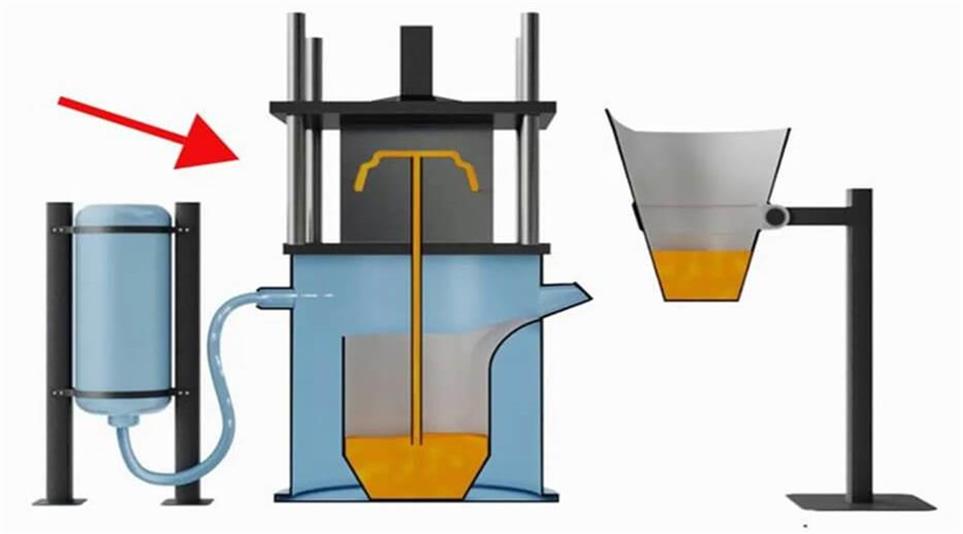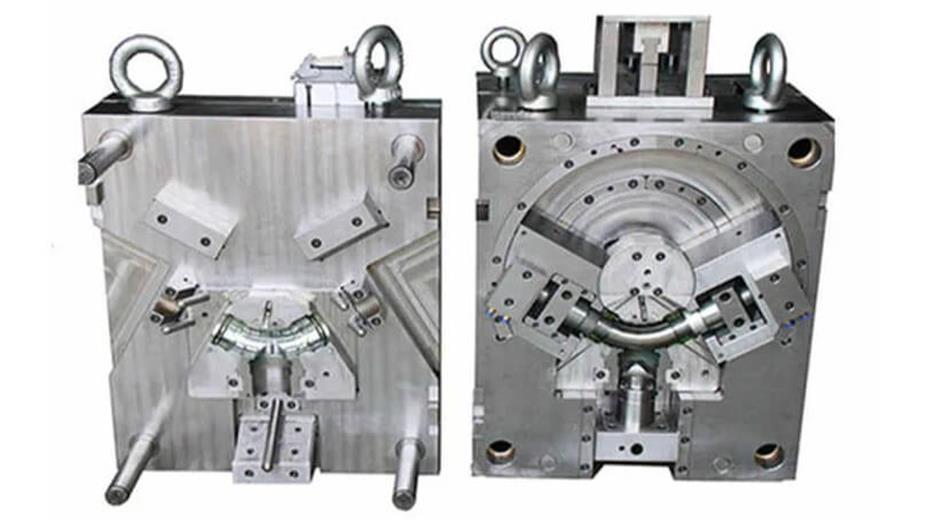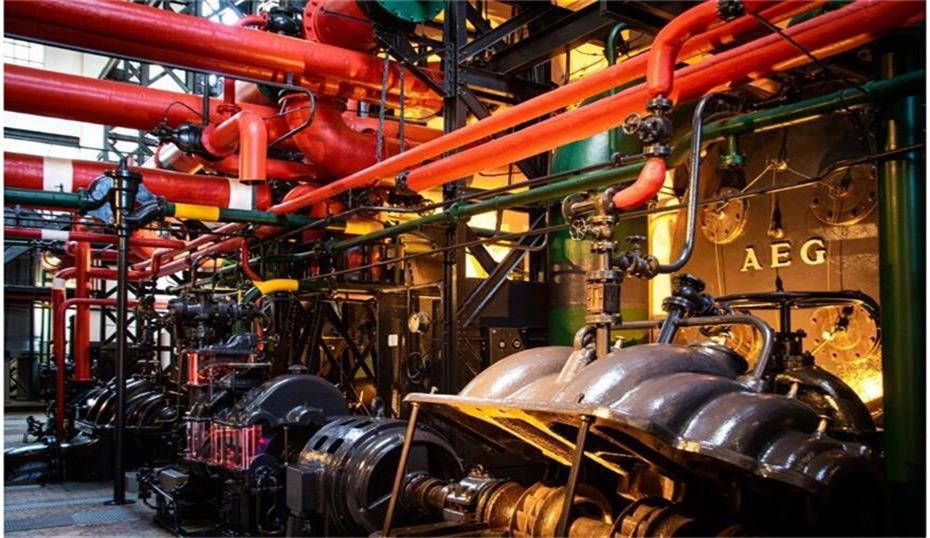Customized aluminum casting parts: process innovation to achieve efficient production
Customized aluminum casting parts occupy an increasingly important position in modern industrial manufacturing. With the rapid development of science and technology and the continuous upgrading of industrial needs, more and more companies are beginning to seek to solve specific production problems through customized aluminum casting parts. This casting process using aluminum as the material can not only provide high-strength and lightweight parts, but also has excellent corrosion resistance and thermal conductivity. It is widely used in aerospace, automobile manufacturing, electronic products and other fields. This article will explore in depth the significance, methods, design points, application fields and future development direction of customized aluminum casting parts.
1.Explanation of relevant concepts of customized aluminum casting parts
(1) Characteristics of aluminum alloys
Aluminum alloys are known for their low density, high strength, corrosion resistance and good machinability. These characteristics make them the material of choice for many high-performance applications. Aluminum alloys can also be further improved through heat treatment to improve their mechanical properties and adapt to a wider range of use environments.
(2) Definition and importance of aluminum casting
Aluminum casting is a technology that heats aluminum alloy to a liquid state and then pours it into a specific mold to cool and solidify to form parts of the desired shape. This technology occupies an extremely important position in modern industrial production. Because aluminum castings have excellent mechanical properties, light weight, corrosion resistance and other characteristics, they are widely used in many fields such as automobiles, aviation, electronics, etc.
(3) The significance of customized aluminum casting parts
Customized aluminum casting parts have significant value and can meet specific customer application needs and improve product performance and reliability. Customized design ensures that parts precisely match specific equipment or system requirements, reduces assembly errors, and improves overall operating efficiency. The excellent properties of aluminum materials such as light weight, high strength, and corrosion resistance further enhance the functionality and durability of parts and are widely used in automobiles, aerospace, machinery manufacturing and other fields.

2.Overview of aluminum casting technology
(1) Classification of casting methods
Aluminum casting technology mainly includes several methods such as sand casting, metal mold casting, pressure casting, low-pressure casting and investment casting.
1) Sand casting:
This is a more traditional casting method that uses sand molds as molds and is suitable for the production of large castings with complex shapes. Sand casting is simple and low-cost, but the surface roughness is high and requires subsequent processing.
2) Metal mold casting:
Using metal molds, it can be reused and is suitable for mass production. The castings produced by metal mold casting have smooth surfaces and high dimensional accuracy, but the mold cost is relatively high.
3) Pressure casting:
Liquid aluminum is injected into the mold under high pressure and cooled and solidified to form a casting. Pressure casting has high production efficiency and is suitable for producing thin-walled and complex-shaped castings, but the equipment and mold costs are relatively high.
4) Low-pressure casting:
Aluminum liquid is injected from the bottom of the mold through low air pressure to gradually fill the mold. Low-pressure casting is suitable for the production of large and medium-sized complex castings, which can reduce defects such as pores and shrinkage holes and improve the quality of castings.
5) Investment casting:
Also known as lost wax casting, it uses investment molds as molds for molding, which can produce aluminum castings with smooth surfaces, high precision and excellent quality. The investment casting process is suitable for producing high-precision and high-quality aluminum castings, but the cost is relatively high.
(2) Casting properties of aluminum alloys
The casting properties of aluminum alloys are mainly reflected in their fluidity, filling properties, solidification characteristics and hot cracking tendency. Different aluminum alloy compositions will have different casting properties. For example, aluminum alloys containing silicon, copper, magnesium and other elements have good fluidity and thermal cracking resistance, and are suitable for casting complex parts.
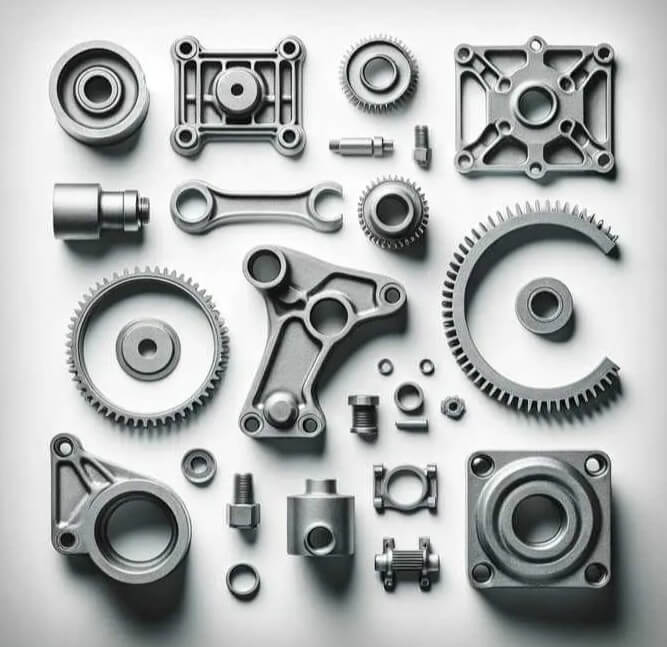
(3) Casting process
The process of aluminum casting usually includes smelting, pouring, cooling and solidification, and post-processing.
1) Smelting:
The aluminum alloy raw material is heated to liquid state to ensure the uniformity of the alloy composition. The temperature and time need to be strictly controlled during the smelting process to avoid burning and oxidation of the alloy elements.
2) Pouring:
The molten aluminum liquid is poured into a pre-prepared mold. The pouring speed, temperature and pressure need to be controlled during the pouring process to ensure the quality of the casting.
3) Cooling and solidification:
The aluminum liquid cools and solidifies in the mold to form a solid casting. The cooling rate has an important influence on the microstructure and properties of the casting. The quality of the casting can be improved by controlling the mold temperature and cooling medium.
4) Post-processing:
Includes heat treatment, machining, surface treatment and other steps to improve the mechanical properties and appearance quality of castings. Heat treatment can improve the strength and toughness of castings through methods such as solution treatment and aging treatment; machining can improve the dimensional accuracy and surface finish of castings through methods such as turning, milling and grinding; surface treatment can improve the corrosion resistance and aesthetics of castings through methods such as sandblasting, electroplating and painting.
3.Key points of design of customized aluminum casting parts
(1) Basic principles of part design
In the design process of customized aluminum casting parts, some basic principles need to be followed to ensure the functionality and economy of parts. The final use, working environment and required performance of the parts, such as strength, corrosion resistance, thermal conductivity, etc., should be considered during design. In addition, the designed parts should be easy to cast and avoid overly complex structures to reduce casting defects and improve the yield rate.
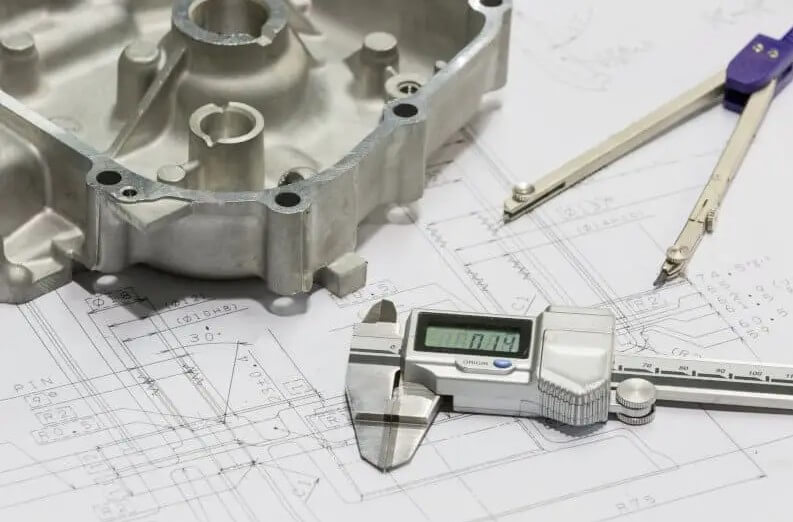
(2) Selection of aluminum alloy materials
Selecting the right aluminum alloy material is crucial to ensure the performance of customized aluminum casting parts. Common aluminum alloys include A356, 6061, 7075, etc., which have different mechanical properties and applications. For example, A356 aluminum alloy has good fluidity and corrosion resistance and is suitable for manufacturing automobile engine parts; 6061 aluminum alloy has medium strength and good welding performance and is suitable for manufacturing building structural parts; 7075 aluminum alloy has high strength and high hardness and is suitable for manufacturing aerospace parts.
(3) Structural design optimization
Design optimization is a key step in improving the performance of aluminum castings. By using computer-aided design (CAD) software, the stress distribution and deformation of castings under different working conditions can be simulated and analyzed, thereby optimizing the structure of castings, reducing material usage and improving performance. For example, the strength and rigidity of castings can be improved by adding reinforcing ribs and optimizing wall thickness distribution; by optimizing the gating system and riser design, defects such as pores and shrinkage cavities in castings can be reduced.
(4) Design of gating system and riser
The design of the gating system and riser is crucial to ensure that the aluminum liquid fills the mold evenly and avoids casting defects such as pores and shrinkage cavities. Reasonable pouring system design can ensure that the aluminum liquid flows smoothly into the mold and avoid turbulence and air entrainment; reasonable riser design can ensure that the casting is fully compensated during the solidification process and reduce defects such as shrinkage cavities and shrinkage porosity.
4.Application examples of customized aluminum casting parts
(1) Application in the automotive industry
In the automotive industry, customized aluminum casting parts are widely used in multiple parts such as engines, gearboxes, and body structures.
For example, aluminum casting engine cylinder blocks and cylinder heads not only reduce the weight of the engine and improve fuel efficiency, but also have good heat dissipation performance. Aluminum casting gearbox housings have high strength and stiffness and can withstand high torque and vibration. In addition, aluminum casting body structural parts such as door frames, front and rear anti-collision beams, etc., not only reduce the weight of the body, but also improve the safety performance of the vehicle.
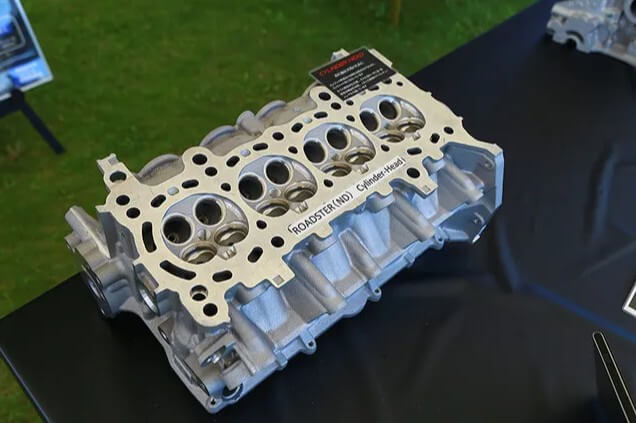
(2) Aerospace field
In the aerospace field, customized aluminum casting parts are used to manufacture key structural parts of aircraft and spacecraft due to their light weight and high strength.
For example, aluminum casting aircraft landing gear, engine blades, etc., not only have high strength and toughness, but also can withstand high temperature and high pressure working environments. Aluminum cast spacecraft structural parts such as satellite brackets and rocket engine casings need to have good corrosion resistance and fatigue resistance to ensure their reliability and service life in extreme environments.
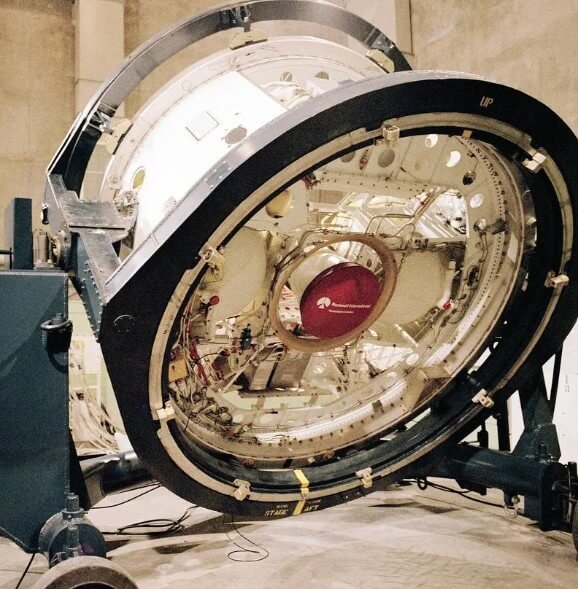
(3) Electronic products and home appliances
In the field of electronic products and home appliances, customized aluminum casting parts are mainly used to manufacture shells and frames with excellent heat dissipation performance.
For example, aluminum cast computer radiators, mobile phone shells, etc., not only have good heat dissipation performance, but also have high aesthetics and durability. Aluminum cast home appliance shells such as TV frames and refrigerator door handles need to have good corrosion resistance and scratch resistance to ensure their appearance and quality in long-term use.
5.Analysis of the future development direction of customized services for aluminum casting parts
With the continuous advancement of science and technology and changes in market demand, customized services for customized aluminum casting parts are developing in the following directions:
(1) Intelligent manufacturing and automation
Introduce advanced intelligent manufacturing technology and automation equipment to improve production efficiency and product quality. Through technologies such as the Internet of Things, big data and artificial intelligence, realize intelligent management of the production process, reduce human intervention and reduce production costs.
(2) Precision and personalization
With the popularization of technologies such as 3D printing, customized aluminum casting parts will pay more attention to precision and personalized production. Customers can design more complex and unique parts according to their needs, and manufacturers can also provide higher precision products.
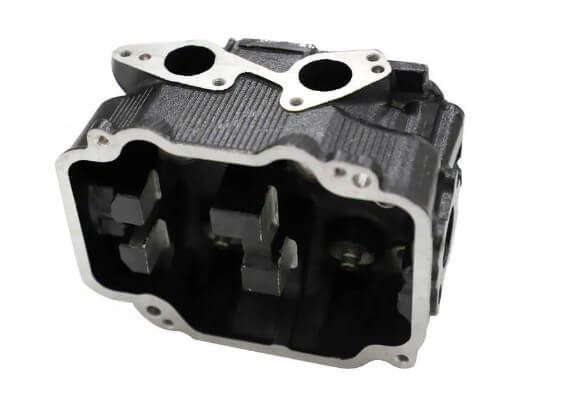
(3) Environmental protection and sustainability
Environmental protection and sustainable development will become an important direction for customized services for customized aluminum casting parts. Adopt environmentally friendly materials and production processes to reduce the impact on the environment, improve the recycling rate of resources, and meet increasingly stringent environmental regulations and customer demand for green products.
(4) Service extension and one-stop solution
In the future, customized services will no longer be limited to simple parts manufacturing, but will provide customers with a full range of one-stop services including design, simulation, testing, and after-sales. By strengthening cooperation with customers, we can deeply understand customer needs and provide more complete solutions.
(5) Internationalization and global layout
With the development of global economic integration, customized services for customized aluminum casting parts will pay more attention to international layout. By establishing a global production and service network, companies can better serve global customers and improve their market competitiveness.
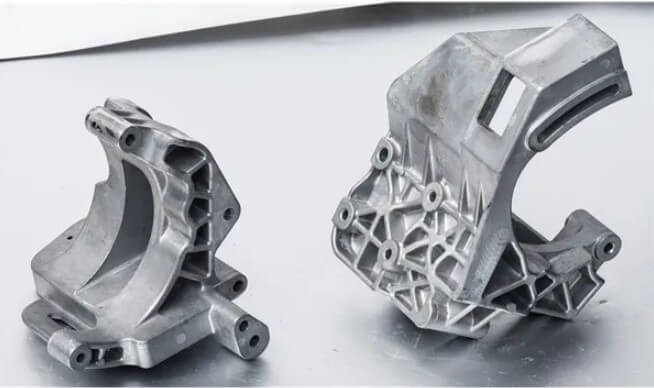
6.Summary
In today’s competitive market environment, enterprises have increasing requirements for production efficiency and product performance. Customized aluminum casting parts, as a flexible production method, can meet the diverse needs of different industries. Through precise casting process and advanced processing technology, customized aluminum casting parts can not only realize complex structural design, but also shorten production cycle and reduce costs while ensuring quality. Whether it is small electronic devices or large mechanical equipment, customized aluminum casting parts can play its unique advantages and promote enterprise innovation and development.

